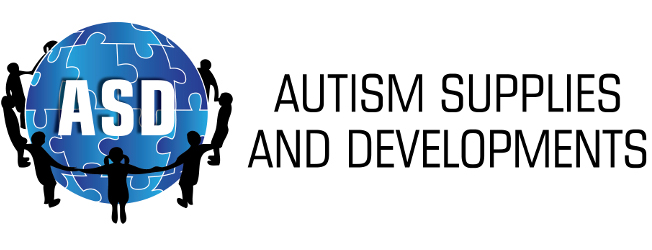Anxiety and ASD
Feelings anxious is a completely normal feeling. However, feeling anxious all the time, about things that are really not a big deal, is not normal. Unfortunately, those on the spectrum often suffer more than the neurotypical population with anxiety, which is why we have created this toolkit to try and help.
Chapter 1: What is Anxiety?
In this Chapter, you can learn what anxiety actually is. Anxiety is within the normal range of human emotions, so how do you know that anxiety is becoming a problem?
Chapter 2: Why are People on the Spectrum More Susceptible to Anxiety Disorders?
Unfortunately, it is relatively common for those on the autistic spectrum to suffer more frequently with anxiety disorders than their neurotypical peers. Learn about some of the reasons why this might be in this chapter.
Chapter 3: How Common is Anxiety?
This chapter talks a bit more about anxiety, and you will learn just how common it is (especially amongst those on the spectrum)
Chapter 4: How do Children Present with Anxiety?
Here, you will learn about some of the many different ways in which anxiety can present itself. Some are obvious, some are surprising and seemingly contradictory.
Chapter 5: Diagnosing Anxiety
This chapter deals with how anxiety is diagnosed, especially with how your ASD child would be diagnosed.
Chapter 6: Anxiety Triggers
Learn about some common triggers for anxiety among those on the spectrum, and learn how to identify your child’s personal triggers.
Chapter 7: Common ways ASD children React to Anxiety
Find out about some of the common ways that children on the autistic spectrum react to anxiety, and see if you can recognise any of these in your child.
Chapter 8: Positive Coping Strategies
Discussion of some of the positive coping strategies that you can start to use with your child to help to bring their anxiety under control.
Chapter 9: Treating Anxiety
Treating anxiety is often difficult to do, and will almost certainly require a well thought out, all round approach. Learn about how different types of therapies can help, as well as how medication can help in some circumstances.
Chapter 10: How You Can Help
In this Chapter, learn about how you can understand your child’s anxiety better, and help them put strategies in place to help themselves.
Ready to get started?
Get in touch, or create an account

